

Recognized for excellence in substance abuse and behavioral health treatment by the Joint Commission
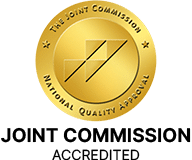
What Are the Street Names for Ecstasy?
Ecstasy has many alternative names because drug dealers often change the street names to try and confuse law enforcement.
Addiction Treatment Center
Twelve-step programs — In an American survey of treatment providers from three separate institutions (the National Association of Alcoholism and Drug Abuse…

Ecstasy is a synthetic drug chemically similar to hallucinogens and stimulants. It has a similar structure as methamphetamines and is...
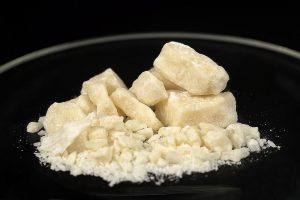
How Long Does a Crack Cocaine High Last?
The euphoric effects of crack cocaine hit rapidly and intensely, making it one of the most addictive stimulant drugs. Unlike...

What is the “13th Step” in Recovery
The programs of Alcoholics Anonymous (AA) and Narcotics Anonymous (NA) are 12 Step programs. Twelve-step programs are organizations that were...

Choosing a Power Greater Than Yourself
One of the main components of every 12-step method of addiction recovery is “coming to believe in a power greater...

How to Successfully Make 9th Step Amends
“Made direct amends to such people wherever possible, except when to do so would injure them or others”; the 9th...
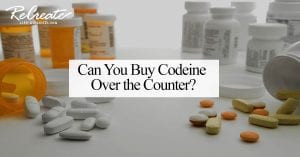
Can You Buy Codeine Over the Counter?
Codeine is an opioid pain reliever and widely used analgesics, commonly used for mild to moderate pain and cough suppression....
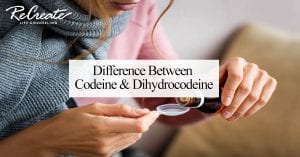
Codeine vs Dihydrocodeine
Codeine and dihydrocodeine are two commonly prescribed opioid medications with similar uses but notable differences in their pharmacology and effects....
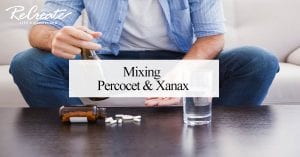
Mixing Percocet and Xanax
When an individual takes two prescription medications at the same time, it is considered polydrug abuse. Polydrug abuse is extremely...
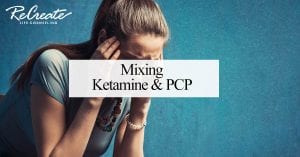
Mixing Ketamine & PCP
Both PCP and ketamine are considered club drugs, generally used in a social setting like parties or nightclubs. Both of...

